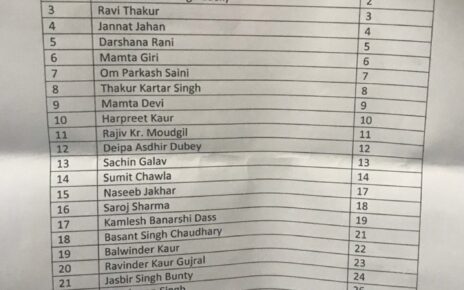Covid cases have breached the 2 million mark in India and is close to touching the 20 million mark globally. This infection has gripped the world and put everything to a halt. Since it’s a novel disease, researchers are still studying it. A study by King’s College, London, has found that though there is one virus, it has 6 different types which were observed in patients. The study was conducted amongst 1,600 patients across the UK and the US, who recorded Covid-19 symptoms between the months of March and April. As most patients tend to visit the hospital later, they were asked to reveal the details of the symptoms they suffered in the first 8-10 days of infection.
According to the sampling, three clusters were found to belong to the mild category, while three belonged to the more severe category. They are as follows:
Cluster 1: Flu-like with no fever
Termed as the mildest form of infection, its symptoms include loss of smell,
cough, no fever, sore throat, chest pain, headache and muscle pains.
Cluster 2: Flu-like with fever
Its symptoms include cough, sore throat, headache, loss of smell, fever, loss of appetite, and hoarseness.
Cluster 3: Gastrointestinal infection
Patients belonging to this cluster suffered from symptoms which impacted their digestion and gastrointestinal functioning. Its symptoms include headache, loss of smell, loss of appetite, chest pain, sore throat, no cough and diarrhoea.
Cluster 4: Severe level one, fatigue
The symptoms observed in this cluster are related to energy loss and exhaustion brought on by lack of immunity. Its symptoms include cough, fever, hoarseness, headache, loss of smell, chest pain, and fatigue.
Cluster 5: Severe level two, confusion
The symptoms in this cluster impact the functioning of the nervous system. Its symptoms include headache, loss of smell, fever, hoarseness, fatigue, cough, chest pain, loss of appetite, sore throat, confusion and muscle pain.
Cluster 6: Severe level three,
abdominal and respiratory distress
People belonging to this cluster are more likely to undergo hospitalisation,
require ventilation and oxygen support. Its symptoms include headache, loss of
smell, fever, hoarseness, fatigue, cough, chest pain, loss of appetite, sore
throat, confusion, muscle pain, diarrhoea, shortness of breath, and abdominal
pain.




